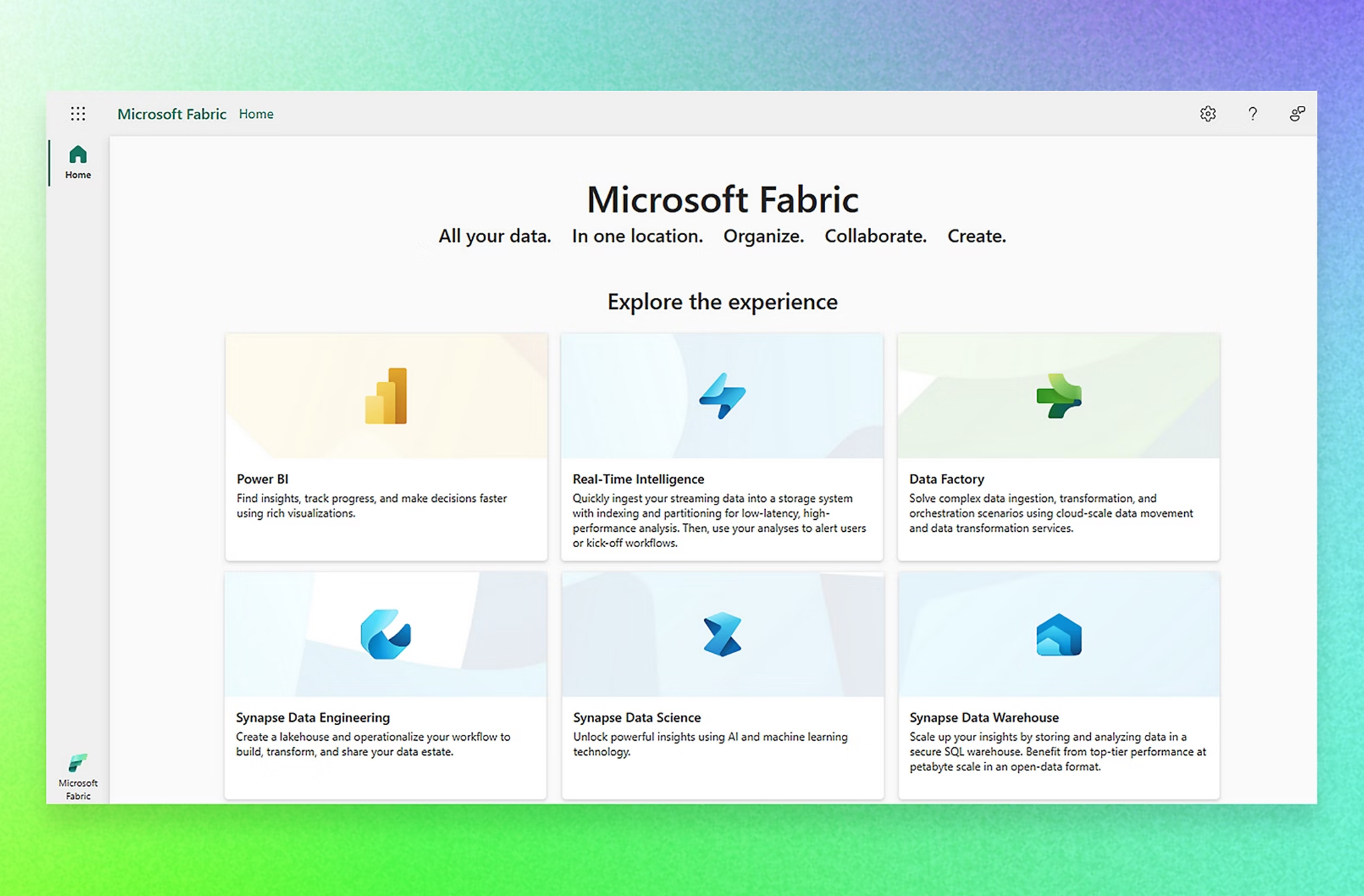
Why Microsoft Power Apps is a better option than traditional custom app development for a lot of organisations

Organisations globally are grappling with the same challenges: how to deliver better services more quickly and cost effectively than ever before whilst grappling with the correct posture in response to the explosion of AI hype, and what that means to them.
Despite these challenges and opportunities, many organisations still rely on complex, custom-built software solutions for problems that don’t require such over-engineering. While complex, bespoke microservices architectures or bespoke application development can be appropriate for certain use cases, they’re often deployed unnecessarily, resulting in wasted time, money, and resources.
In fact, one of the fundamental mistakes in software is designing for scale far too eagerly and early, and like in business, sometimes expected volumes never happen, which leaves you with all over the overhead and complexity for no gain.
Power Apps is a low-code platform from Microsoft that integrates seamlessly with the usual Microsoft ecosystem, it empowers organisations to rapidly deliver applications tailored to their needs. For Microsoft-centric organisations – those already invested in Microsoft 365, Dynamics 365, or Azure – Power Apps promises a compelling combination of development speed, affordability, and scalability.
For digital forms, workflows, and less complex government services (hint: there’s a lot of these, more than some people want to admit!), Power Apps can be a transformative solution, yet it does go against the grain of building from scratch that is commonplace.

The over engineering trap
Far too many organisations try to present as software companies when they don’t need to, and they aren’t suited to it. Investing in custom software for relatively straightforward and well-trodden problems – like internal workflows, digital forms, or approval processes – leads to unnecessary complexity, technical debt, and inflated costs.
Power Apps provides a better alternative by enabling rapid, low-cost application development. According to a Total Economic Impact Study by Forrester Consulting, organisations using Power Apps experienced:
- 250 hours per employee annually.
- 50% faster development cycles.
- 74% lower development costs.
- 206% return on investment (ROI).
- Investment payback in less than 6 months.
Note; The study did not measure the impact of tools like GenAI and CoPilot, which when combined would no doubt make the results even more impressive.
The platform’s low-code capabilities allow professional and citizen developers alike to build apps without needing extensive, scaled development resources. For Microsoft-centric organisations, this approach avoids the heavy lifting of creating entirely new software, enabling teams to stay focused on their core mission rather than having to acquire the often-costly capability set of a fully-fledged software company.

A good fit for data driven apps, digital forms and workflows
Public sector organisations stand to gain significantly from adopting low-code Power Apps. A high degree of government services involves digital forms, workflows, and approvals, and these are exactly the types of applications Power Apps was designed to deliver.
For instance, the Ministry of Justice (MoJ) faced challenges in managing research and evaluation data (RED) across the justice system. Their solution? RED was built by Pivotl using the Power Platform – a combination of Dataverse, Power Apps, Power Pages, and Power BI to be exact. This innovative application of Power Apps transformed how research data was tracked, approved, shared, and analysed, achieving:
- Faster approval processes through automation.
- Time and resource savings by eliminating manual workflows.
- Improved collaboration across departments and teams.
RED not only streamlined operations but also provided the MoJ with better insights into their research priorities and outcomes, demonstrating how Power Apps can drive efficiency and transparency in government service delivery. This case study outlines the platform’s capability to deliver meaningful public services without the need for traditional custom software development services.

Part of a broader data platform strategy
Power Apps isn’t just about capturing data or solving individual workflow problems – it’s a key component of a modern data platform strategy when integrated with Microsoft Azure’s data services.
- Data integration: Power Apps integrates seamlessly with Azure services like Data Lake, Synapse Analytics, and Dataverse, ensuring apps interact with centralised data repositories for real-time insights and decision-making.
- Actionable insights: By connecting to Dataverse, Power Apps enables users to build apps that not only execute workflows but also surface actionable insights through data visualisation tools like Power BI.
- Enterprise-grade security: Organisations can ensure compliance and security across their apps and data, leveraging Microsoft’s robust infrastructure for regulated industries like healthcare, government, and finance.
- Scalability: As part of the Azure ecosystem, Power Apps provides scalable solutions that grow alongside the organisation, making it ideal for businesses of any size.
- Governance: Power Apps are built within the guardrails of IT, which improves governance, reduces shadow IT, and improves innovation in a safe way. In addition, the platform can be used to replace legacy systems.

Power Apps guardrails for long-lived success
While Power Apps offers incredible potential, successful delivery requires careful planning, robust engineering practices, and sufficient governance:
- Avoid app sprawl: Without governance, low-code platforms can lead to a proliferation of unmanaged apps. Establish naming conventions, permissions controls, and development lifecycle management practices to maintain order.
- Empower citizen developers with guardrails: While citizen developers can quickly create impactful solutions, complex applications should remain the domain of professional developers to ensure scalability, performance, and security.
- Start with high-impact missions: Focus initial efforts on areas with measurable ROI, such as automating repetitive workflows or integrating cross-departmental processes.
- Build a community of practice: Encourage knowledge sharing and best practices by fostering a community of practice for Power Apps within your organisation. Depending on your organisation, you may consider a more formal centre of excellence instead of or as well as community of practice.

Transforming application development
The case study of the Ministry of Justice’s RED application highlights the disruptive potential of Power Apps. By reducing reliance on traditional custom development, the MoJ delivered a scalable, impactful solution that improved efficiency and collaboration while reducing costs. Their success demonstrates that Power Apps isn’t just a stopgap for quick fixes – it’s a viable, long-term alternative for organisations looking to modernise their workflows, data strategies, and service delivery capabilities.
Just take a moment to think about the impact a Power App strategy could have on entire sectors – in the right use cases of course – like the UK Central Government, Utilities, and Financial Services. It’s can also be interesting to look at requirements or bid opportunities for digital services and to evaluate if they really do need microservices architecture or custom Node or .Net solutions, which are often prescribed/implied upfront.
For Microsoft-centric organisations already invested in Dynamics 365, Microsoft 365, or Azure, the opportunity is obvious. Power Apps enables seamless integration into existing systems, empowering teams to innovate without over engineering. It’s an ideal solution for businesses that want to focus on their core mission and purpose i.e., organisations not set on becoming software companies, which alongside the emergence of GenAI and Copilot, will likely become a less appealing prospect as low/no-code and AI matures and evolves.
The takeaway is simple: Stop over-engineering. Power Apps is a very viable solution for efficient, agile development – when it is done properly by software professionals with sufficient guardrails/governance.




